Padel tennis is an amazing sport that has gained great popularity all over the world and in Russia in particular. If you thought that Padel was invented recently because regular tennis was boring, then no, it’s not like that at all. Its history dates back to the second half of the XX century.
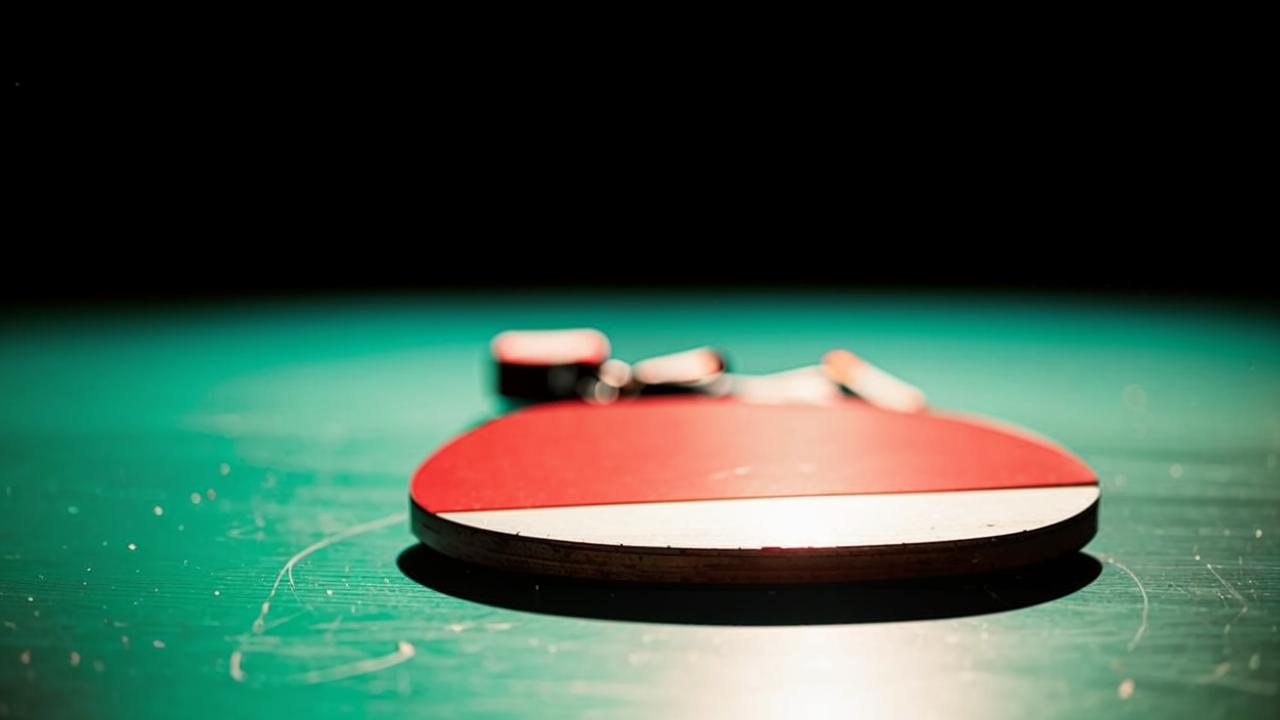
master of sports in table tennis
“Padel tennis is a unique combination of tennis and squash, it stands out not only for its dynamics but also for its deep tactics. In this game, victory is often not for those who hit harder. The ability to analyze the positioning of opponents on the court, strategic thinking, accuracy of strokes and the art of team play are of paramount importance. The ability to anticipate your opponent’s moves and make long-term plans for the game, just like in chess, is valued.”
What we’ll tell you about
Who invented padel tennis?
Not much is known about the details of the emergence of padel. At the moment, the story of the birth of the sport, with some embellishments, looks like this: in 1969, Mexican millionaire Enrique Corker bought a mansion in Acapulco. His wife Vivian loved to play tennis. When she learned that there was no tennis court nearby, she was extremely disappointed.
Due to the constraints of the landscape, Corker could not build a standard tennis court. He decided to build the equivalent of a tennis court on his property, but smaller in size – 20×10 meters, enclosing it with four-meter walls of strong glass. Rackets resembling oars were chosen for the game, which gave the name to the new sport – “padel” (from English it means “oar”).
Padel is a symbiosis of other racquet sports:
- squash (ricochets off walls);
- tennis (scoring, serving directions, strokes, etc.);
- beach tennis (similarity of racquets);
- table tennis (serving at waist level).
A turning point was the introduction to padel by Spanish businessman Alfonso de Gogenloe, who in 1974, having visited Corker, was so delighted with the game that on his return to Spain he built two courts at the Marbella Club Hotel. This was the beginning of the international spread of padel tennis.
Over the next 10 years, padel became popular first in Mexico and then in Argentina and Spain. The 1980s and 1990s saw the international spread of padel, the construction of courts around the world and the formation of official organizations and associations that helped standardize the rules.
By the 2000s, there was a period of strong international growth, with padel being incorporated into the programs of sports clubs in many countries and interest in the sport continuing to grow. The 2010s and the following decade brought padel to the status of one of the fastest growing sports in the world, increasing the number of players and fans in every corner of the planet. This is how padel, which started as a pastime for one family in Acapulco, became a global sporting phenomenon. It’s amazing how passion and love for a sport can transform a simple idea into a global movement.
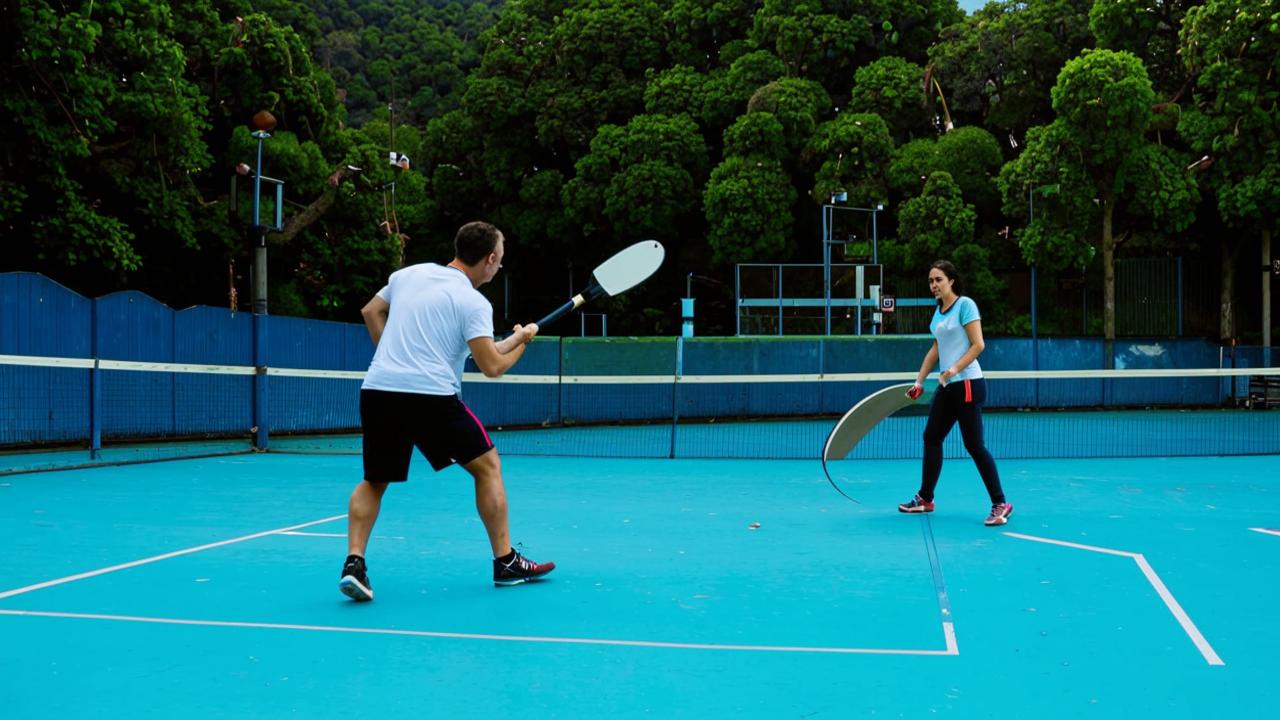
Padel tennis court and equipment
Padel is played on a special court that combines elements of tennis and squash courts. Padel court has a rectangular shape measuring 10 meters wide and 20 meters long, which is smaller than a standard tennis court. A special feature is the walls around the court – on the sides and back. The walls on the sides are 3m high and the walls at the back are 4m high. They can be made of glass or hard material, which allows the ball to bounce off them, adding a unique strategy to the game.
Maxim Stuliy: As for racquets, they are different from tennis racquets. They are shorter, have no strings and are made of a hard material with many small holes all over the hitting surface, which makes them more maneuverable.
In the center of the court is a net 88 cm high, dividing the court into two equal parts. The padel balls are similar to tennis balls, but slightly softer and slower, making the game more controlled and strategic. There are no special shoes for padel, tennis sneakers with good grip and support for the foot will do. Clothing should be lightweight and ventilated to ensure comfortable movement and effective drainage of moisture during intense play.
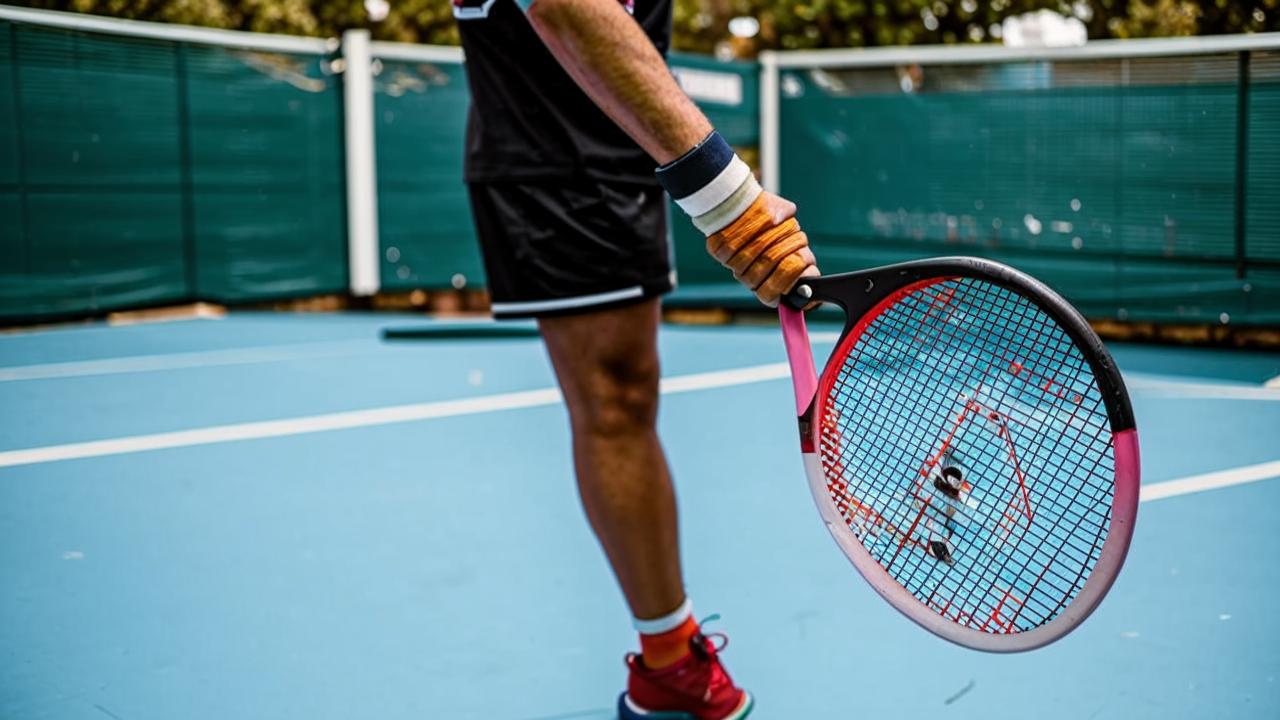
The basic rules of padel tennis
Maxim Stuliy: The game is played in a two-on-two format. Two pairs, each on their own half of the court, play each other. At the beginning of the game, the side and the first serve are drawn by lot.
The first serve is always served from the right square diagonally to the opponent’s left square. The player serving throws the ball down into the court and, after the ball bounces, hits the ball at waist level or below. The ball must touch the opponent’s court in the left quadrant at least once before the serve can be taken. If the ball hits the side grid part of the wall, it is an out. But if the ball hits the hard part of the wall after the bounce, the serve is correct, and you must be in time to receive it after touching the wall.
The ball can bounce off any wall, but it must touch the court before it does so. After the ball bounces off the walls, as long as it has not touched the court a second time, it is in play and can be hit.
The scoring system in padel is the same as in tennis: games, sets and matches. A game is played to four points (15, 30, 40 and game point), a set is played to six games (with the necessity to win the set with a difference of at least two games) and a match usually consists of three sets.
Differences from traditional tennis
Padel does have some similarities to tennis, but there are key differences between the two sports. For example, padel requires more strategic thinking. This involves the use of walls and smaller court sizes, which affects the overall style of play: in padel, it is more effective to use accurate and precise strokes rather than powerful strokes. In tennis, on the other hand, athletes focus more on power, mobility and utilizing the open space of the court.
Maxim Stuliy: Padel will also be easier for beginners to master, while classical tennis will take longer to master. Of course, you will have to spend a lot of time to learn how to play padel well, but you can master the basic skills at the first training session.
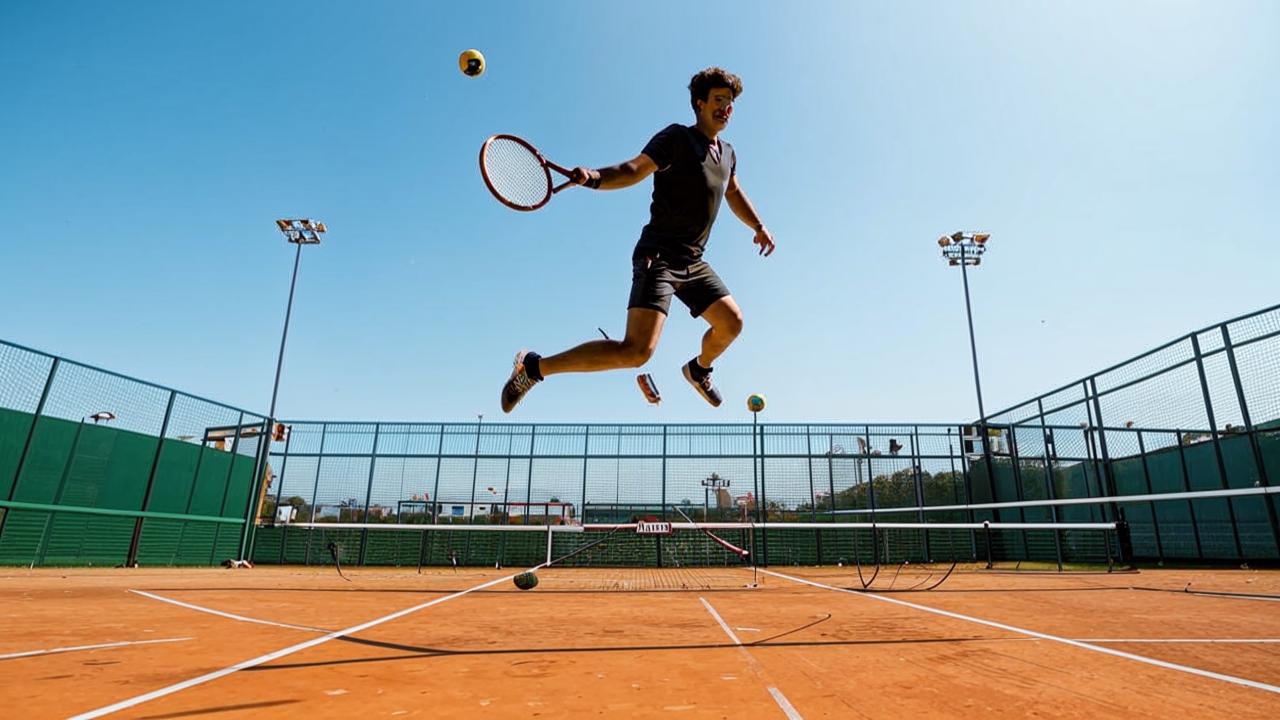
Technique in padel tennis
In padel, as in other racquet sports, the correct execution of strokes is the most important element of the game, without which nothing will work. Let’s look at the two basic techniques that padel has borrowed from classical tennis.
We have already told you about the serve above, now let’s talk about the forehand and backhand.
Theforehand is performed as follows: legs turned in the direction of the shot, one leg slightly in front of the other. The weight of the body is transferred from the back leg to the front leg at the moment of impact. The racket is pulled back by turning the body and withdrawing the arm. At the moment of impact, the racket continues to move in the direction of the ball’s flight.
Backhand is a shot from the awkward side. That is, if you are right-handed, the movement of the racket should start from the left side. The racket should be held with both hands so that the back of the hand moves forward towards the ball.
Below are a few more elements without which it is difficult to imagine padel tennis.
- “Forehead”. This is a defensive stroke, it is performed on a high trajectory, so that the ball flew behind the opponent’s back.
- Bandeha. Smooth push shot with a slight bottom spin, performed in the back of the court to keep opponents on defense, and take an active position at the net.
- Vibora. An attacking shot, technically similar to the bandeha, with a sharp acceleration and use of the brush. It is executed from the middle part of the court on high balls.
- Smash. A powerful attacking shot on a high ball to win a point.
- Volley. A shot at the net from the net to the back of the court. It forces the opponent to keep defending against the back wall.
- Drop shot. A soft drop shot. It is executed so that the ball falls on the opponent’s half as close to the net as possible.
It is important to use walls as part of the strategy in the padel, so players must learn to control the strength and direction of their shots so that the ball bounces off the walls effectively, making it difficult for the opponent.
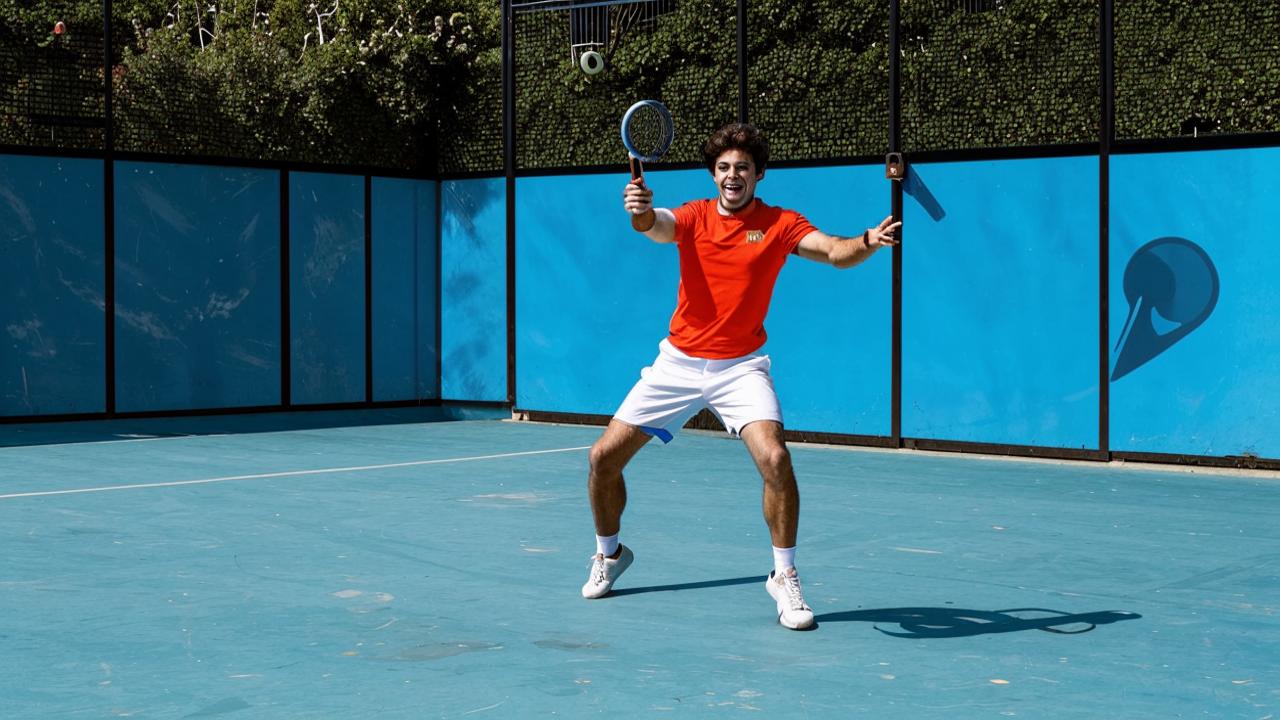
How to perform undercuts
Maxim Stuliy: Just like in tennis, undercuts play an important role in the padel. By trimming the ball, you add spin to it and make its trajectory more complex. The ball will bounce lower, making it more uncomfortable for your opponent. In this way, you make your game more varied and force your opponent to constantly adapt and change the rhythm of the game.
When hitting, your knees should be slightly bent, feet shoulder width apart, racket back and up. Hit the ball from top to bottom with an accelerating movement of the wrist at the moment of contact, giving the ball a downward spin. After hitting, extend the racket forward to give the ball the desired trajectory.
Paddle trims require practice and feel for the ball, but mastering this element will greatly expand your arsenal, and your game will immediately become more varied and unpredictable.
Tactics in doubles
As in many other sports, tactics in padel play a key role. If we’re talking about doubles padel, then consistency is very important here. Usually, one player takes the active role, executing finishing shots, and the other takes the creative role, he creates convenient moments for attacking. The team that controls the net usually has an advantage, as it allows to attack more aggressively and create pressure on the opponents.
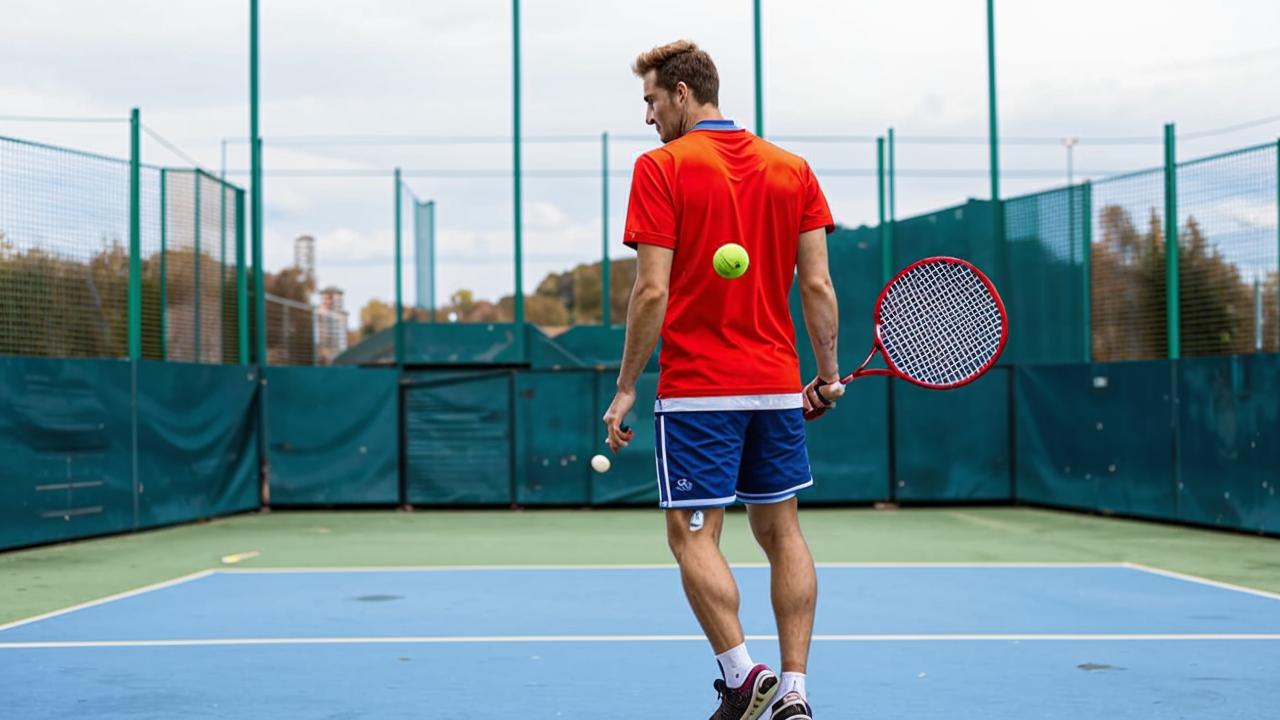
Popularity and development of padel tennis
Such a rapid development of this sport is due, as we have already said, to the relative ease of mastering. An important factor is the low physical load compared to, for example, tennis or squash. Padel is accessible to people of all ages and different levels of endurance. The court is small, there are walls to interact with. That is why it is so easy to start playing padel tennis, you just need to find the right court.
Trends in the development of padel tennis in Russia
Maxim Stuliy: Since its appearance in Voronezh in 2013, when Spanish athlete and coach Cristian Taruya laid the foundation stone for the development of padel tennis in the country, this sport has been steadily winning the hearts of Russians.
The inclusion of padel in the All-Russian Register of Sports in 2019 was a significant step towards its official recognition and development. Despite the lack of free city courts similar to those in South America and Spain, Russia has seen a rapid growth in interest in padel. This is reflected in the increasing number of specialized courts and clubs, as well as the organization of many tournaments that open up new horizons for players of all levels.
Despite its relative newness in Russia, padel is gradually developing, and more and more people are learning about it. Maybe after reading this text the community of padel tennis will grow too. If you are interested in this unusual sport, look for a suitable sports club and sign up for training. It’s always cool to try something new.






